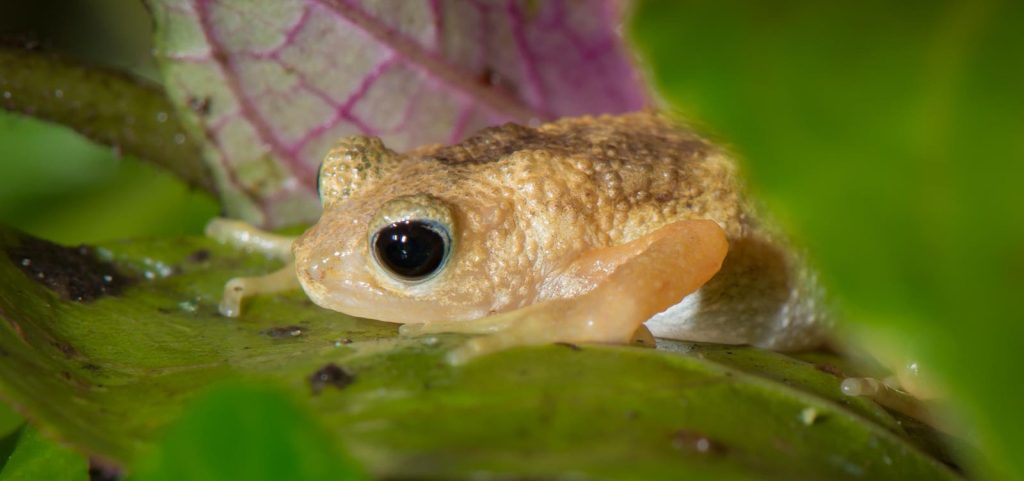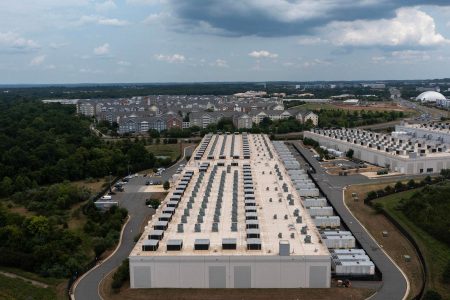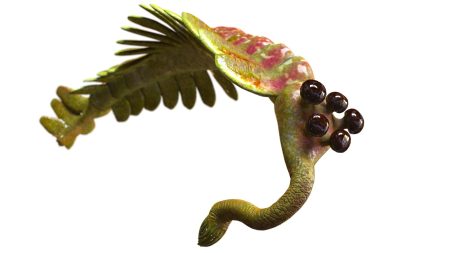The Kihansi spray toad is a tiny, vibrant amphibian that was once found only in the Kihansi Gorge in Tanzania. Its home was a unique microhabitat created by the spray from waterfalls in the region. What makes the Kihansi spray toad particularly fascinating, apart from its micro-endemic existence, is its remarkable reproductive strategy.
Unlike most frogs, which lay eggs in water that hatch into tadpoles, the Kihansi spray toad gave birth to live, fully-formed toadlets. This type of reproduction, known as ovoviviparity, is relatively rare among amphibians. This unique reproductive adaptation allows the Kihansi spray toad and its closest relatives to thrive in their misty, mountainous habitats, where standing water may be scarce. This is worth remembering, as it’s going to play a major role in how they were wiped out.
The species was declared extinct in the wild in 2009, and though we chalked it up to a fungal disease, the true story of how these diminutive bufonids went extinct in the wild is a complete rollercoaster.
The Downfall Of The Kihansi Spray Toad Started With A Dam On The Kihansi River
It all began with the Kihansi Hydroelectric Power Station, a project that promised to bring much-needed electricity to Tanzania. But like many grand plans, this one came with a heavy cost—especially for the Kihansi spray toad.
Dams have a long history of causing ecological harm, and a notable example is the Glen Canyon Dam in the United States. Built in the 1960s on the Colorado River, this dam created Lake Powell, one of the largest man-made reservoirs in the U.S. While the dam provided water storage and hydroelectric power, it also had devastating effects on the river’s ecosystem.
The construction of the Glen Canyon Dam altered natural water flows, disrupted sediment transport and led to the loss of vital habitats for native fish and wildlife species. The Colorado River downstream from the dam saw drastic changes, including reduced biodiversity and the endangerment of several species.
Similarly, the Kihansi Dam drastically altered the natural water flow in the Kihansi Gorge. The mist that once sustained the Kihansi spray toad’s microhabitat all but disappeared, setting the stage for the tragic decline of this unique species.
We can see this in the data. When the dam was inaugurated in the year 2000, the toads’ habitat experienced a tenfold reduction in water flow. This drastic change led to a sharp decline in the spray toad population, with numbers plummeting to fewer than 2,000 individuals by March 2001.
Conservation measures were implemented to restore the wetland’s ecologically important habitat, and these initially appeared successful. The habitat regeneration led to a rapid recovery, with the population rebounding to almost 18,000 toads by June 2003.
Between 2003 and 2009, however, these toads were faced with a fungal enemy—one that would lead to their complete extinction in wild in a matter of a few years.
Ecological Change Exacerbated The Fungal Disease That Wiped Out The Kihansi Spray Toad
Just when we thought things were looking good for the Kihansi spray toad, a deadly fungal pathogen, Batrachochytrium dendrobatidis (Bd), invaded the area.
The specific strain of the fungus, known as the BdCAPE lineage, proved particularly lethal. While other amphibian species in the region were also infected with BdCAPE, they managed to survive chytridiomycosis (the resulting disease), likely due to the stability of their habitats, according to a July 31, 2024 study published in the journal Proceedings of the Royal Society B.
The Kihansi spray toad, however, was already weakened by the drastic changes in its environment. The reduction in water flow from the dam made the toads highly susceptible to the fungus.
By the time the disease took hold, the toads were unable to mount a defense. Despite the best efforts of conservationists, the combination of habitat loss and the spread of BdCAPE led to the complete extinction of the Kihansi spray toad in the wild by 2009.
Although the Kihansi spray toad went extinct in the wild, all was not lost. Forward-thinking scientists, who recognized the toad’s dramatic population decline, established a captive population across several zoos. Reintroduction efforts are now underway, but only time will tell if the species can successfully be reestablished in the wild.
Is There Something More We Could Have Done?
The fact is that the Kihansi spray toad was unknown to science in 1995, when the construction of the dam began. As soon as we discovered the toad in 1996 and realized that the dam would likely destroy their delicate habitat, we began to implement made-made systems that would replicate the natural mistiness of their microhabitat. These included sprinklers that mimicked the natural spray from waterfalls in the Kihansi Gorge.
This is why their numbers shot up to 18,000 in 2003 from less than 2,000 in 2001.
The tragic end of the Kihansi spray toad in the wild draws attention to the fact that many factors need to be “just so” for a habitat to allow a species to thrive and fend off infections.
Just like these spray toads, many amphibians and reptiles in the U.S. are facing similar threats, and they need our immediate help. Organizations like the Amphibian and Reptile Conservancy (ARC) are stepping in where protections under the Endangered Species Act (ESA) may be lagging.
By restoring habitats and addressing environmental threats head-on, ARC is working to ensure that these species don’t face the same fate as the Kihansi spray toad. But they can’t do it alone—this is a call to action for all of us to recognize the importance of preserving the intricate balance of ecosystems before it’s too late.
While electricity was the need of the hour for humans in late-1990s in Tanzania, did the Kihansi spray toad have to make the ultimate sacrifice to keep our species happy? Find out how deep your own connection to nature runs by taking this test: Connectedness To Nature Scale
Read the full article here






